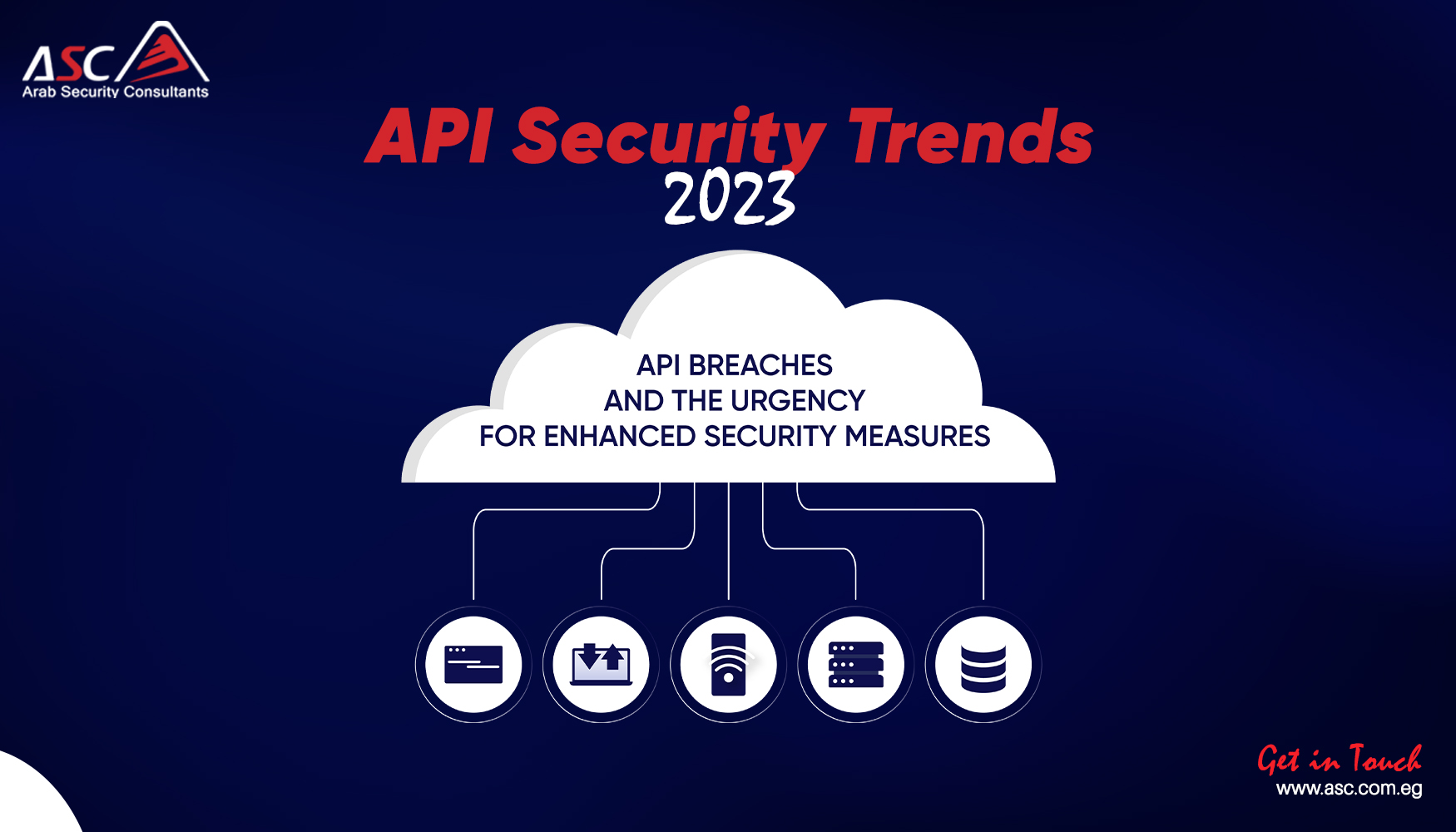
What are the APIs?
known as application programming interfaces, are the backbone of modern software applications, enabling seamless communication and data exchange between different systems and platforms. They provide developers with an interface to interact with external services, allowing them to integrate various functionalities into their applications.
However, this increased reliance on APIs has also made them attractive targets for cybercriminals. In recent years, the rise of API breaches has become a growing concern in cybersecurity. One of the main reasons behind the rise of API breaches is inadequate security measures implemented by developers and organizations. Many APIs are not properly secured, leaving them vulnerable to attacks.
Moreover, hackers have developed sophisticated techniques that specifically target weaknesses within APIs. For example, they may leverage malicious code injections into requests or manipulate responses from an API endpoint to gain unauthorized access or extract sensitive information about users.
The Rise of API Breaches
The consequences of an API breach can be severe for businesses and consumers. Organizations may face financial losses due to legal liabilities and reputational damage caused by leaked customer data or disrupted services. Customers risk having their personal information exposed, which can lead to identity theft or other forms of fraud.
For these reasons, ensuring API security is essential due to the interconnected nature of modern software ecosystems. Many organizations rely on third-party integrations and microservices architecture where multiple APIs interact with each other seamlessly. If even one API within this complex network is compromised, it opens doors for attackers to exploit vulnerabilities across interconnected systems.
78% of cybersecurity professionals have faced an API security incident in the past year!
However, most enterprises turn to their existing infrastructure, like API gateways and web application firewalls (WAFs), for protection. Unfortunately, relying solely on these technologies can leave gaps in the overall security posture of an organization’s APIs. Here are some reasons why API gateways and WAFs alone fall short:
- Lack of granular access control: While API gateways offer basic authentication and authorization capabilities, they may not provide fine-grained access control necessary for complex scenarios. APIs often require more sophisticated controls based on factors such as user roles or specific resource permissions.
- Inadequate protection against business logic attacks: Traditional WAFs mainly focus on protecting against common vulnerabilities like injection attacks or cross-site scripting (XSS). However, they may overlook potential risks associated with business logic flaws specific to an organization’s unique application workflow. Protecting against such attacks requires a deeper understanding of the underlying business processes and implementing tailored security measures within the API code itself.
- Insufficient threat intelligence: Both API gateways and WAFs rely on predefined rule sets or signatures to detect known attack patterns effectively. However, emerging threats or zero-day vulnerabilities might bypass these preconfigured defenses until new rules are updated by vendors or manually implemented by developers/administrators.
- Data-level encryption limitations: While SSL/TLS encryption is crucial during data transmission between clients and servers through APIs, it does not always protect data at rest within the backend systems themselves nor guarantee end-to-end encryption throughout the entire data flow pipeline.
- Vulnerability exploitation before reaching protective layers: If attackers find a vulnerability in the APIs before traffic reaches the API gateway or WAF, they can directly exploit it without being detected by these security measures. This emphasizes the need for robust coding practices, secure design principles, and software tests that identify vulnerabilities early on.
- Lack of visibility into API-specific threats: API gateways and WAFs may not provide detailed insights into attacks targeting specific API behaviors or misuse patterns. Detecting anomalies such as excessive requests per minute from a single client or unexpected data access attempts requires specialized tools and techniques tailored to monitor API-specific threats comprehensively.




